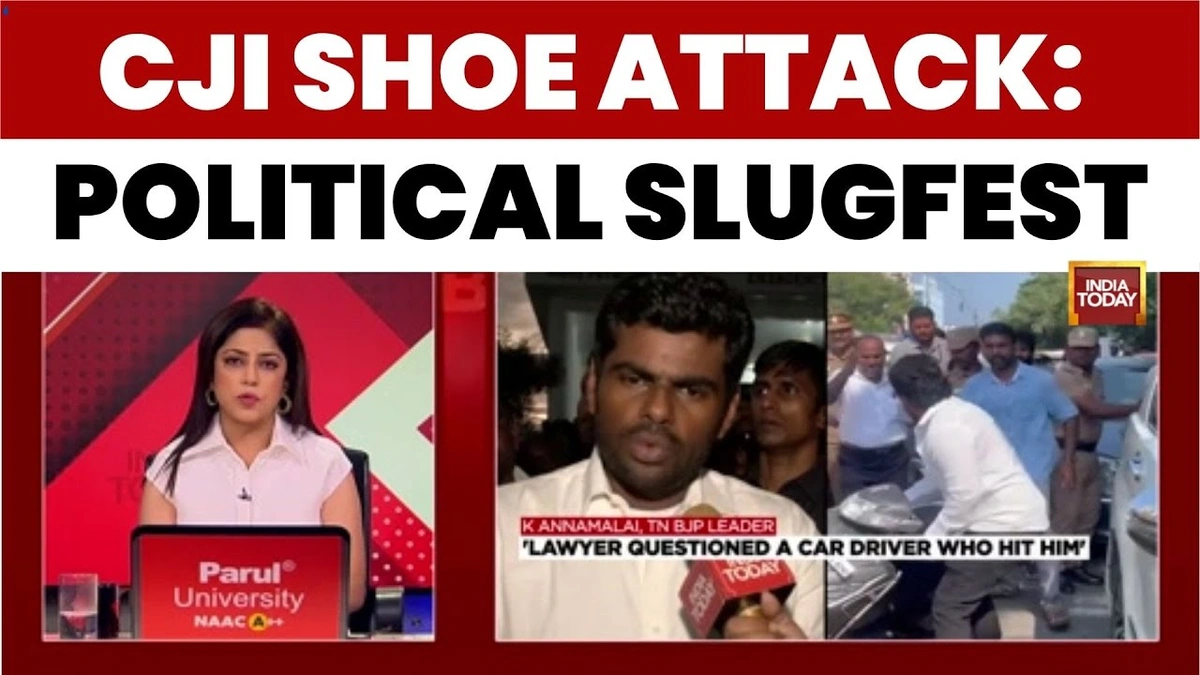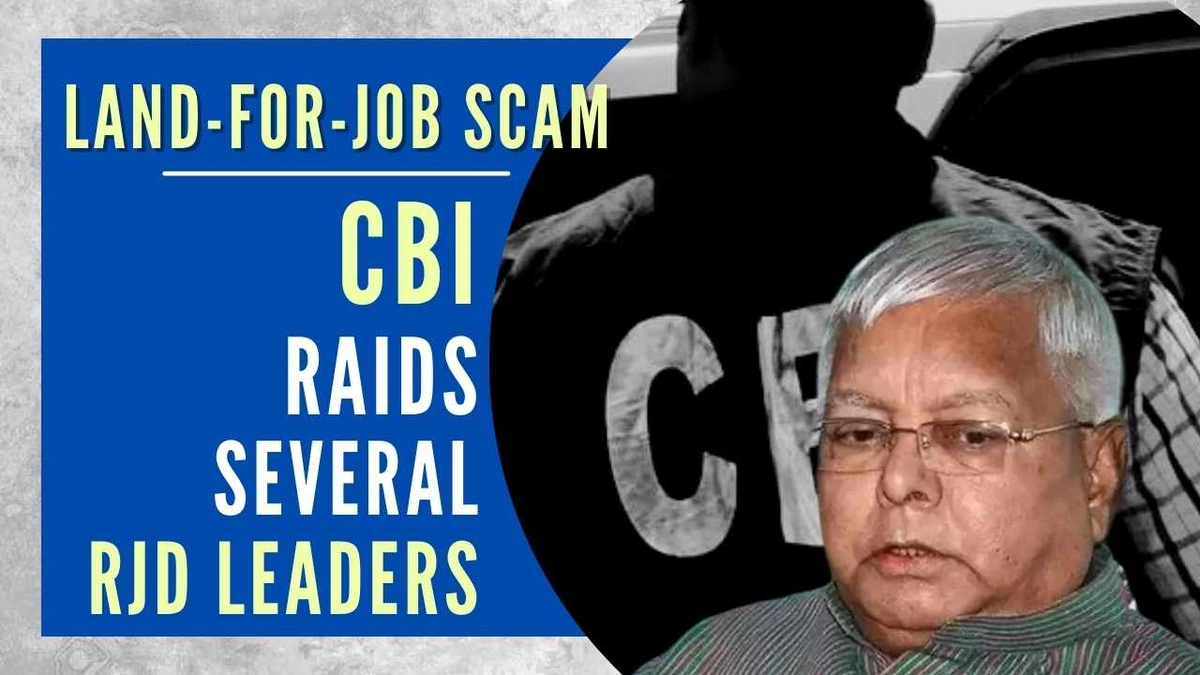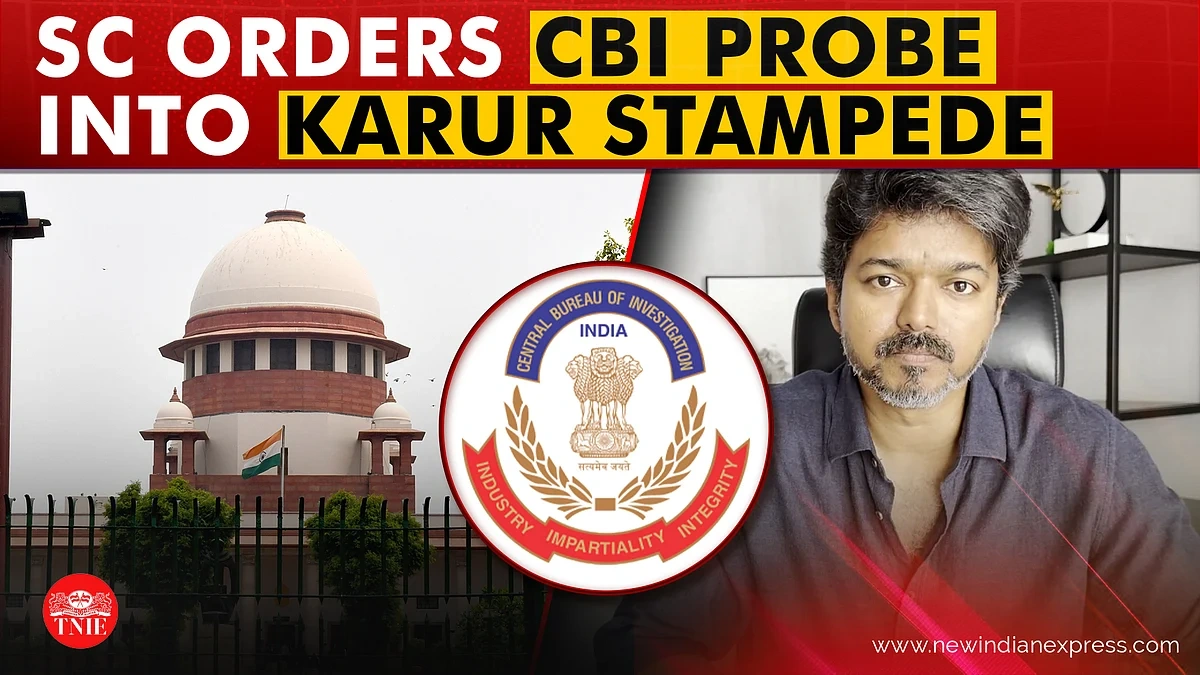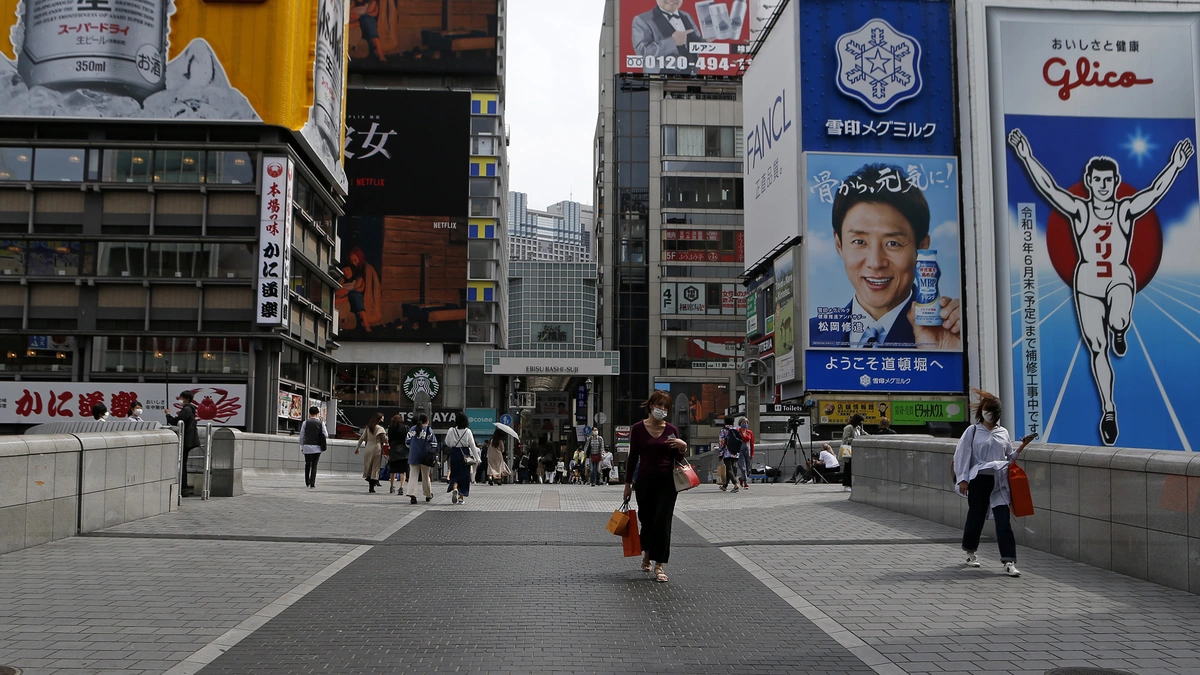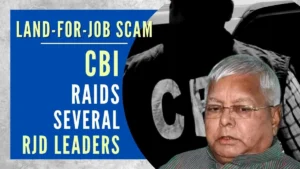CJI Shoe Attack | Time to Curb Hate
The news flashed across screens: a man, a courtroom, a shoe hurled at the Chief Justice of India. In the immediate aftermath, the details get dissected – who, what, when, where. But here’s the thing: the real story isn’t just about a single act of violence. It’s about the simmering pot of hate that seems to be boiling over in our society. It’s about the erosion of respect for institutions. It’s about why someone would feel compelled to such a desperate act. Let’s unpack this, shall we?
Understanding the Undercurrents
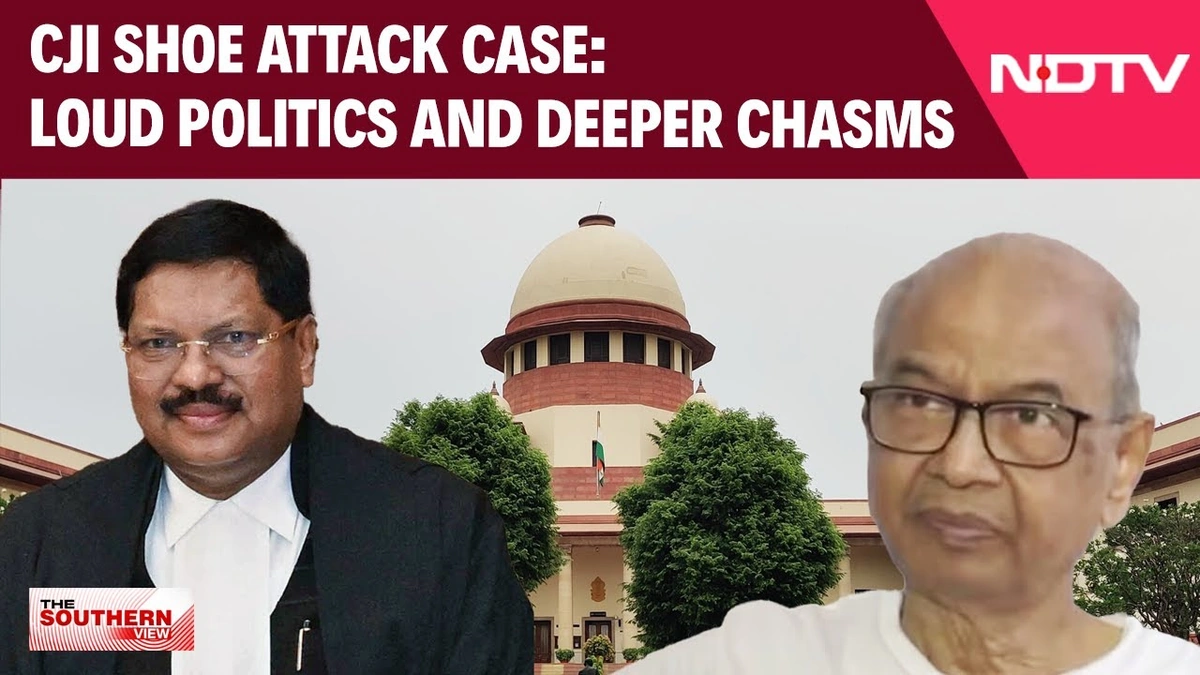
So, a CJI shoe attack happened. Shocking, yes. But is it really surprising? I mean, let’s be honest, the level of public discourse has plummeted. The anonymity of social media emboldens people to spew venom they’d never utter face-to-face. Dissent, disagreement, even healthy debate it all gets twisted into personal attacks and accusations of being anti-national. And when that happens, when people feel unheard, unrepresented, and utterly dismissed, things like this become almost inevitable. As a professional writer and subject-matter analyst, I felt the need to analyze the deeper implications of this event.
What fascinates me is the speed at which narratives are constructed, often divorced from facts. A single act, fueled by whatever motive (and those motives are crucial to understand), becomes a symbol. A symbol for what, though? Disrespect? Frustration? Desperation? All of the above, probably. But the danger lies in allowing that symbol to be hijacked by those who want to further divide us. It’s easy to paint the attacker as a lone wolf, a madman. But what if he’s a symptom of a larger societal malaise? According to news report, the attacker was quickly detained by the authorities.
The Role of Hate Speech and Misinformation
Let’s talk about hate speech – the elephant in the room. It’s not just about shouting slogans or posting inflammatory comments online. It’s about the insidious erosion of empathy, the dehumanization of ‘the other.’ When we constantly hear negative portrayals of entire groups of people, it’s not a huge leap to see how someone, already vulnerable or disenfranchised, might be pushed over the edge. And misinformation? Don’t even get me started. The sheer volume of fake news, propaganda, and distorted narratives is overwhelming. It’s like trying to drink from a firehose of lies. The impact of misinformation can fuel rage and lead to irrational actions.
But, who is responsible for tackling this? Well, the government certainly has a role to play. So does the media (a huge role, actually). But ultimately, it comes down to each of us. We need to be more discerning consumers of information. We need to challenge our own biases. We need to be willing to listen to perspectives that differ from our own. A common mistake I see people make is blindly believing everything they read on social media.
Curbing Hate | A Multi-Pronged Approach
So, how do we curb hate? It’s not a simple fix, that’s for sure. It requires a multi-pronged approach. First, we need stronger laws and enforcement against hate speech, both online and offline. And I am talking specifically about the urgent need to curb hate . But laws alone aren’t enough. We also need better education. Critical thinking skills should be taught from a young age, empowering people to analyze information and resist manipulation. We need media literacy programs that help people identify fake news and propaganda. Handloom Day is a good example to showcase India’s cultural values.
And here’s the thing – dialogue is key. We need to create spaces where people from different backgrounds can come together and engage in respectful conversations. This sounds idealistic, I know. But it’s essential. Because when we understand each other, when we see each other as human beings with hopes and fears, it becomes much harder to hate. We need to address the root causes of anger and frustration. Why do people feel so unheard, so marginalized? What are the economic, social, and political factors that are contributing to this sense of alienation?
Restoring Faith in Institutions
The CJI , the courts – these are the cornerstones of our democracy. When people lose faith in these institutions, when they feel like the system is rigged against them, that’s when they resort to desperate measures. And that’s incredibly dangerous. Restoring that faith requires transparency, accountability, and fairness. The judicial system needs to be seen as impartial and accessible to all, not just the privileged few. According to the latest data, access to justice remains a significant challenge for many in India. Marathi Language and other regional languages should be used to help make it more accessible.
Let me rephrase that for clarity: It’s not just about the courts. It’s about all our institutions – the government, the media, even our educational institutions. They all need to be held to a higher standard of ethical conduct. They all need to be more responsive to the needs of the people. And we, the citizens, need to demand that. We can’t just sit back and complain. We need to actively participate in the process. The entire nation is looking forward to the next general elections.
It is important to note that the incident in question could be considered a contempt of court .
A Call for Empathy and Understanding
Ultimately, curbing hate requires a fundamental shift in our mindset. It requires empathy, understanding, and a willingness to see the world through the eyes of others. It requires recognizing that we are all interconnected, that our fates are intertwined. And yes, it requires forgiveness. Not condoning violence, not excusing hateful behavior, but finding a way to move forward, to heal the wounds that divide us. What fascinates me is the power of human connection to overcome even the most deeply entrenched prejudices. It’s not easy, I know. But it’s the only way forward.
The court system should ensure fair trial proceedings for everyone. But, it is everyone’s duty to respect the judiciary.
FAQ
What was the immediate response to the CJI shoe attack?
The attacker was immediately detained, and an investigation was launched.
How can I report hate speech online?
Most social media platforms have reporting mechanisms. You can also file a complaint with cybercrime authorities.
What if I see someone spreading misinformation?
Fact-check the information and share credible sources. Gently correct the person if possible.
What can I do to promote tolerance in my community?
Participate in interfaith dialogues, support community initiatives, and challenge prejudice whenever you see it.
Why is the shoe attack a matter of concern?
The attack highlights a growing intolerance. Also, it symbolizes a lack of respect for the judiciary and the rule of law.
This incident of violence in court is a wake up call.
